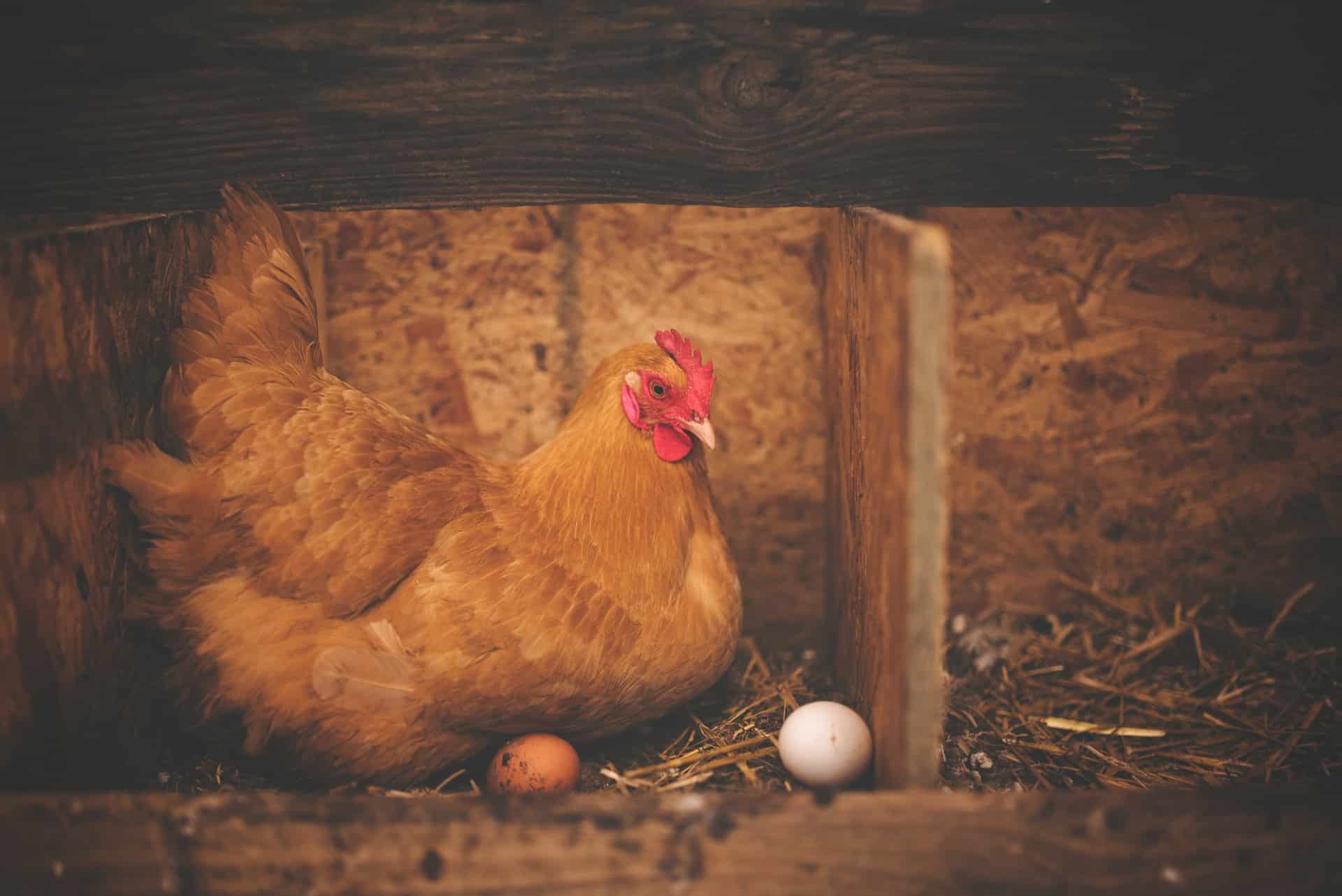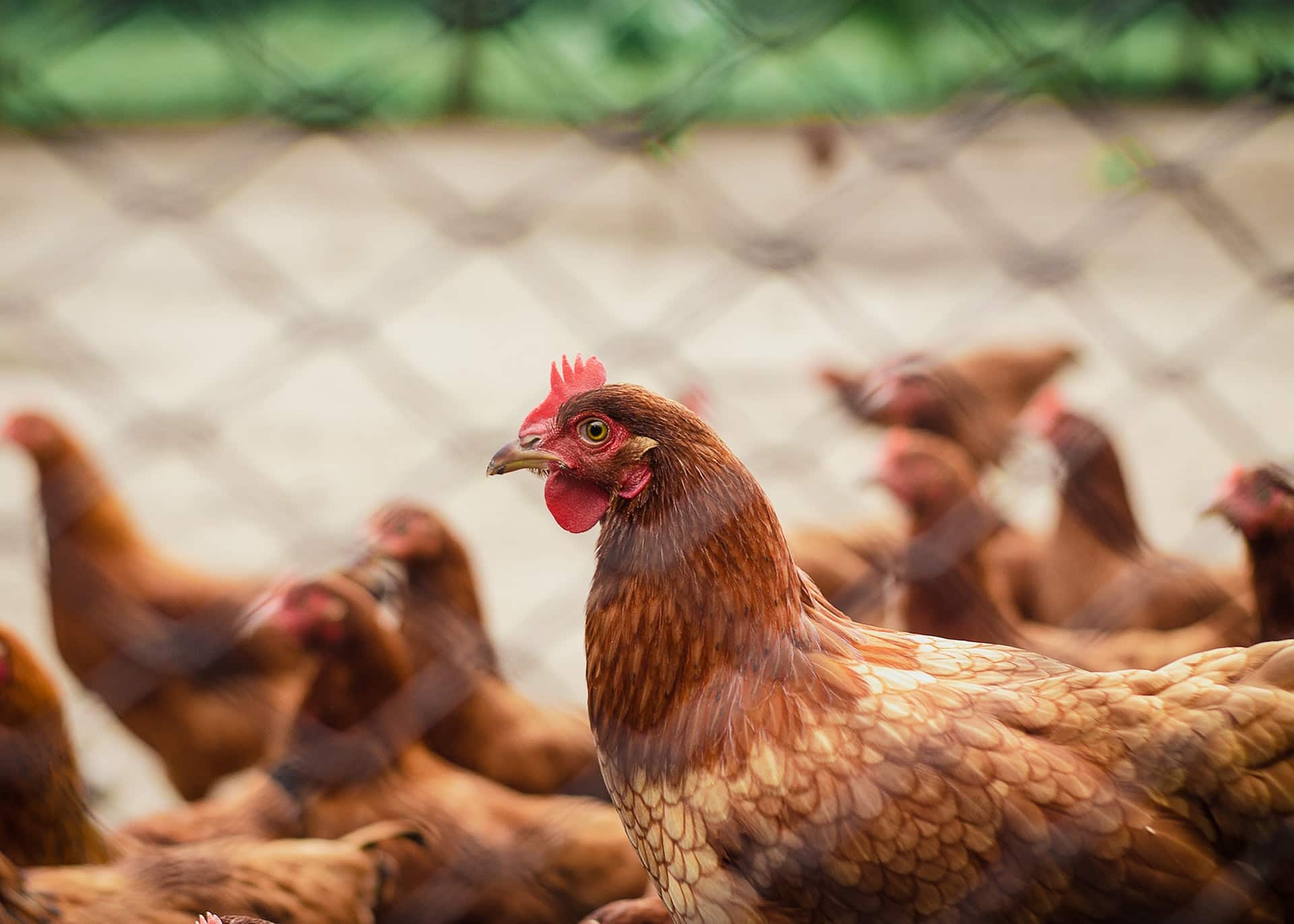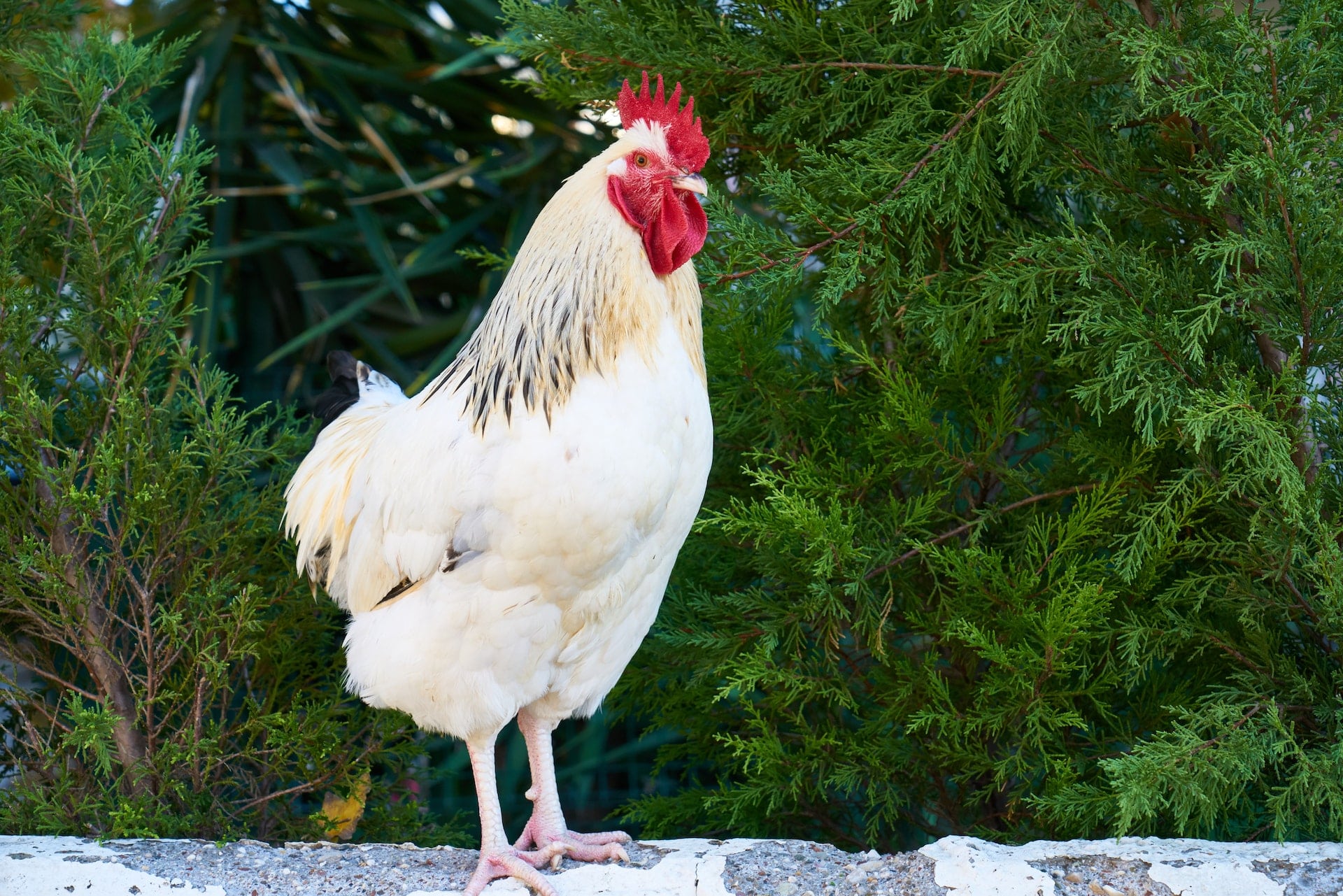Poultry farming in Kenya cannot be taken away from the discussion that addresses the future of Kenya.
Look at this, by 1 million people everywhere and as such, it is projected that by 2050 Kenya should have at least 85 million people. This population growth projection puts more pressure on food security concerns for Kenya.
As such, poultry farming remains to be a viable solution that would guarantee Kenyans a steady supply of protein even in the changing times of developmental infrastructures taking over farmland.
This is because poultry farming if well-coordinated can occupy a smaller space even in urban settings. First of all, am going to take you through a highlight of the types of poultry found in Kenya.
But before I do that, please dismantle the notion that keeping poultry is specifically handling chicken. As a matter of fact, Chicken rearing is only a branch of poultry farming as you will see below.
Types of birds used in Poultry Farming in Kenya
In Kenya, the main types of birds used in poultry farming include:
- Chicken
- Turkey
- Goose
- Helmeted Guineafowl
- Quails
However, it doesn’t mean that Kenyans do not keep other types of poultry if I have not listed the same on the above list.
Keep in mind the above list only talks of the commonly kept poultry birds. We have other birds kept as poultry but in very small numbers.
With that in mind, I will go straight and analyze each of the leading poultry types and how they can fit in ensuring that food security will be met in Kenya’s future.
Kenya’s future in terms of demand for Poultry Products
As Kenya forges into her future, more and more chicken products will be needed. This is because of the urbanization factor that is expected to rise in the country.
Look at this, according to the World Bank Development Index, 73 % of Kenyans were living in rural areas by 2016.
By 2050, it is projected that the number of Kenyans living in rural areas will be almost the same as those living in urban areas. This means that a huge demand to feed the increased urban population will rise more than what is being felt today in Kenya.
So, the important question remains: who will feed Kenyans in the future? And will our current farming methods worth it?
To answer the above concerns, I will take you through an analysis of the potential that Chicken farming holds to sustain food security in our country.
As you know, when more Kenyans will be living in urban settlements in the future it means that they will not be participating in agriculture as their primary way of earning an income.
The simple reason being that in urban areas there is no expansive land to carry out agriculture. However, this does not mean that the increased urban population in Kenya’s future will be completely be detached from consuming agricultural products.
As a matter of fact, the demand for agricultural products will be high and especially if Kenya doesn’t set up the right plans to feed her huge population in urban centers.
So, as a commitment to keep you ahead of time, I will take you through a journey of reasoning on the potential of each poultry type in Kenya’s food security. The journey starts below.
Modern technology as a driver for effective poultry farming in the future
One way that poultry farming comes in this topic on Kenya’s future food prosperity is the fact that lifestyle change will be experienced in Kenya when more of her population moves to urban areas.
There will be a demand for fast foods and as a result, more and more fast food companies will pop up. The demand for fast food products, key among them being poultry products will shoot.
The implication here is that more poultry meat and eggs will be reared in large-scale settings.
Big companies like will strategize on how to expand their base so that they can produce more poultry products.
Some of the technologies that will be used in the future of Kenya in regards to poultry farming are recorded in the following three points.
Trends to watch out in the future of Poultry Farming in Kenya
- Antibiotic-free bites
- More accepting of GMO poultry breeds
- Big poultry farms to take over the industry
Antibiotic-free bites
At the moment, the scientific question in regards to healthy poultry eating is: Do antibiotics used to boost the growth of poultry result in the resistance of antibiotics cure in humans.
Even though there are no final scientific reports to this question, indicators still point to the notion that if one persistently consumes poultry that has been brought up under the stimulation of antibiotics then chances are that such a consumer might be resistant to a certain extent to antibiotics treatment.
So, based on this scientific argument, chances are that in the coming years, new treatments to boost the quicker growth of poultry will be improvised so that no antibiotic-resistant effects are felt among consumers.
More accepting of GMO poultry breeds
By now am sure you have heard about the discussion on whether GMO (Genetically Modified Organism ) should be allowed into the Kenyan food market or not.
On this same note, there are no genetically modified organisms made chickens at the moment that are allowed into the public and for commercial purposes.
Related: How to start a farming business in Kenya.
However, there are predictions that in the coming years where the population of humans will increase rapidly and thus create an urgency for more and quicker production of poultry.
Hence, GMO technology might seem like a reliable option to produce enough poultry to feed the large populations that will be present.
Kenyans in the future might be forced, due to unavoidable circumstances to permit eggs and meat from poultry to be allowed commercially for public consumption of course.
By then, more scientific measures will have been improvised to ensure any harm is controlled to human health brought about by GMO presence in poultry is maintained to the lowest standards as possible. Only time will tell on this.
Big poultry farms to take over the industry
As we head into the future, poultry farming will become more and more professional. And the need for poultry suppliers that are reliable and can supply huge amounts of poultry products will be a desired attribute in this industry that will be serving millions of people at a time.
Hence, small-scale poultry suppliers will be displaced because their ability to invest in fast and reliable poultry production methods will not be enough to meet the market demands of the future.
However, this assumption is dependent on whether new poultry farming technologies will be invented or not to facilitate small-scale holder farmers to produce more poultry products in a small space.
Take away
This article, as you have seen has captured the many possibilities of what Kenya would look like as a destination to do poultry farming in the coming years.
The fact that Kenya’s population is bound to double by 2060, from 40 million to 85 million and more Kenyans relocating to urban areas means that there is a special concern to improvise ways of producing enough food for the future of Kenyans.
And poultry farming is one area that needs to be researched to ensure that the methods of poultry farming in Kenya, in the coming years, will meet the needs of the Kenyan population then.
I hope that this article provokes your creative part of thinking to get solutions that will enable poultry farming to meet the food demands of Kenyans then.


